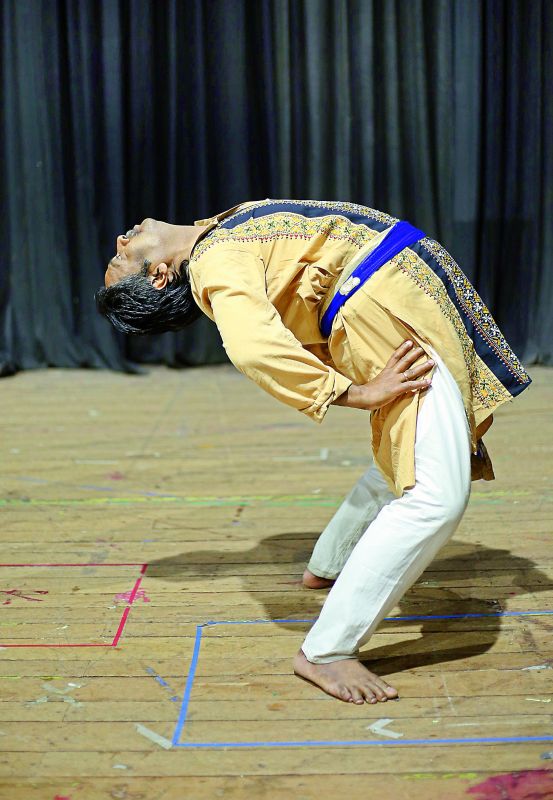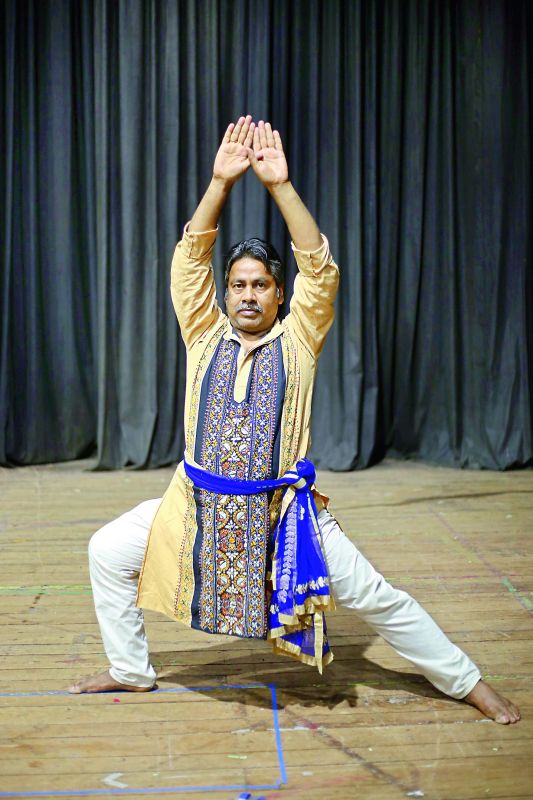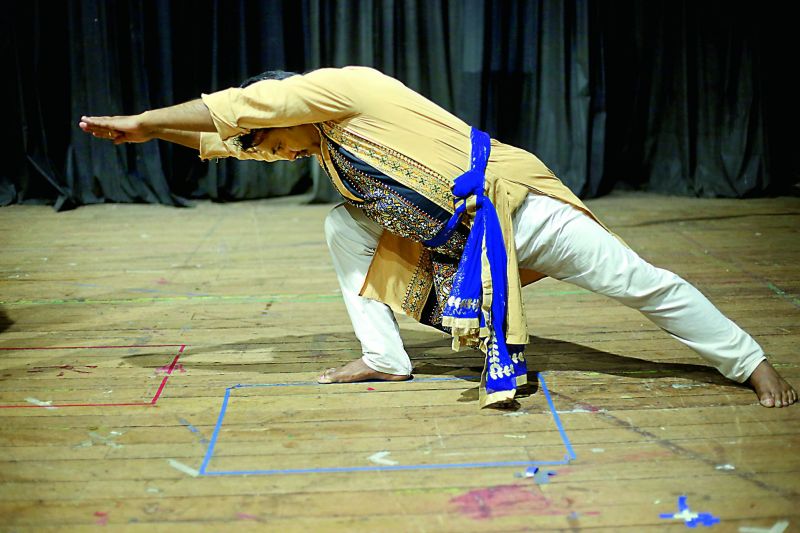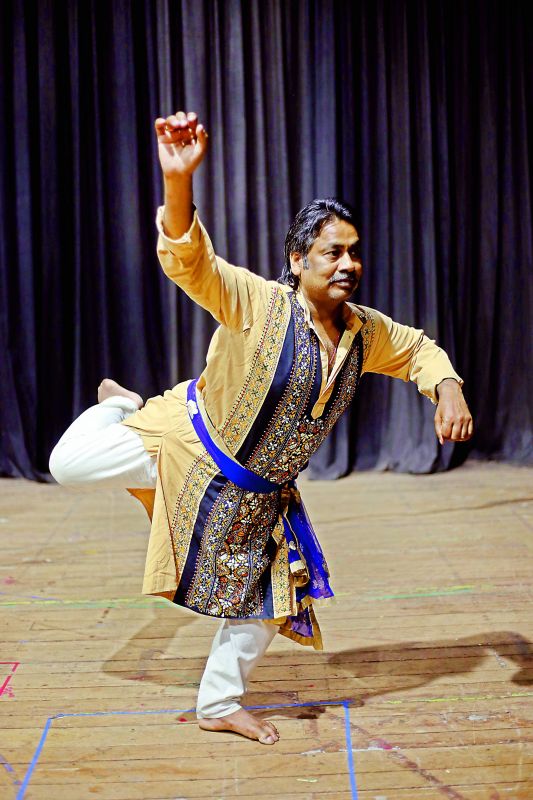Cha-Cha-'Chhau'
A tribal dance form performed in the states of Odissa, West Bengal and Jharkhand, it blends the elements of martial arts in its movements.

A s one of the oldest classical folk dances originating from eastern India, Chhau not only brings within it a strong cultural and ritualistic connection, but also a form of exercise. A tribal dance form performed in the states of Odissa, West Bengal and Jharkhand, it blends the elements of martial arts in its movements.
Performed on the strong and vibrant beats of dhol and nagara, Chhau uses attack and defence techniques, making it a great practice for increasing physical strength and flexibility. According to veteran Chhau trainer Bhumi Keshwar Singh, who has been performing Chhau for 30 years, the dance involves head to toe exercises that are divided according to six body parts — head-neck, hands, shoulders, chest, torso and legs. “The movements are as good as exercises that help in improving flexibility in the body and is a great source of energy,” says Singh, founder of Pratibha Sanskritik Sansthan Acting Repertory. Apart from strengthening the body, this dance form also helps in stretching the muscles especially in the case of chronic back pain. “Most of the movements are done to strengthen the spine that helps in reducing back pain,” assures the trainer, adding that Chhau requires a great amount of energy to synchronise movements with the rhythm of the beats. “It is tough at the beginning but once learnt, it’s refreshing,” he smiles.
Spine Movement
Considered to be the most important exercise of Chhau, the spine movement helps in strengthening the lower back. As the dance form includes tough physical work, the Chhau dancers focus largely on strengthening the spine through this exercise.
Stand at ease and move your upper body backwards. Place your hands below the back and hold the position for 10 seconds. Repeat five times.

Jangmuda
Performed first on the beats of dha-kit-kit-dhin, Jangmuda is a body stretching movement. Apart from stretching the body for a warm-up and making it ready for further exercises, this movement helps in releasing joint pain and strengthening the legs.
Stand at ease and bend your knees towards the front. Raise your right arm up and keep your left hand at chest level. Stretch your right leg sideways and stay in the position for 10 seconds. Repeat the pattern by stretching left leg sideways, left arm up and right arm at chest level.

Pasar Hana
With this exercise just pose as if you are breaking stone. Done in three steps, this exercise is performed to strengthen legs and knee joints.
Stand at ease and bend your knees towards the front. Raise both your hands over your head, spread your palms and join thumbs. Stretch the left leg sideways and hold the position for 10 seconds. Follow the next step by bending the upper part of your body towards right followed by front and left sides. Follow the same movements from the right to left.

Balance exercise
After stretching, the next step is to balance the body. Among various balance exercises, this primary position helps in strengthening of thighs. This semi-circle exercise is the best to improve balance in circular movements.
Stand straight. Raise your right arm in the air while keeping the left arm close to your chest. Push your right leg back in the air, bend forwards with your chest and stay in the position for 10 seconds. Now, slowly move your right leg sideways bringing it to the front, while pushing your upper body backwards. Follow the same movements on the left side.

aaaa
